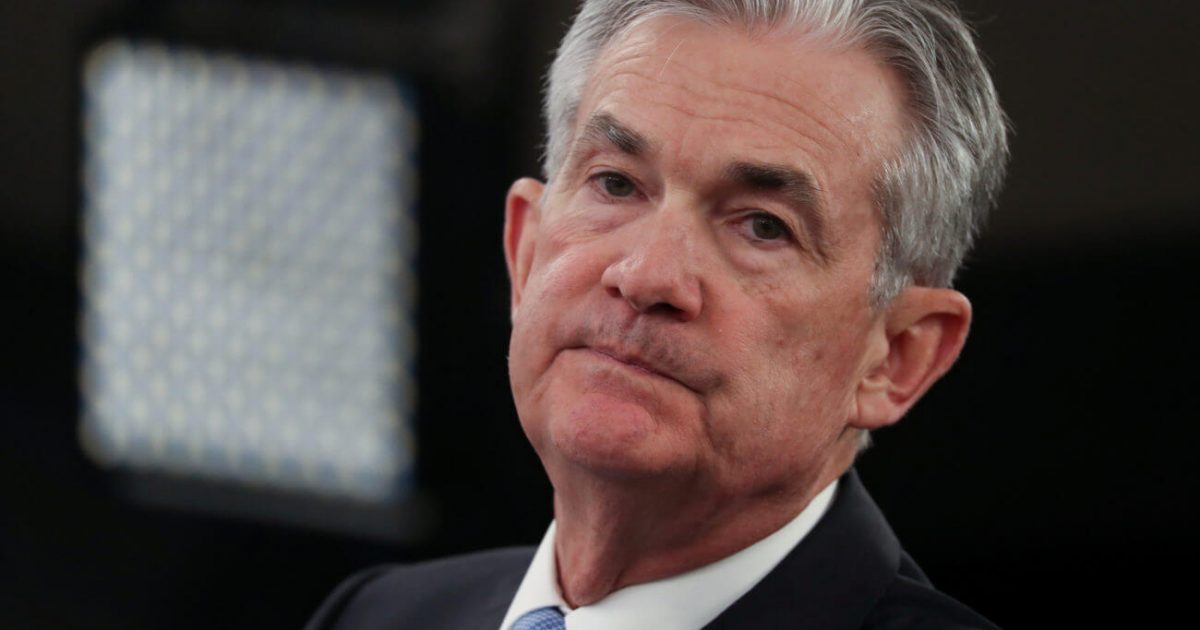- Housing market forbearances leveled off in May, but lenders are still facing a huge cash shortfall.
- The Federal Reserve is pumping the housing market full of froth.
- The backlash will be jarring when baby boomers flood the market with supply.
The U.S. housing market received another nugget of good news last week. The number of mortgages in forbearance suddenly leveled after swelling to an astonishing figure of 4.76 million loans – equivalent to $1 trillion in unpaid principal – in just two months.
That’s a welcome sign for mortgage servicers, for whom the surge in forbearances represented an unprecedented threat. But the government’s intervention hasn’t rescued the housing market. It’s only delayed the inevitable.
Housing Market Lenders Get Squeezed
While generous forbearance regulations were preventing millions of homeowners from defaulting on their loans, the Federal Reserve’s unprecedented creation of dollars earmarked for mortgage-backed securities (MBS) was driving down interest rates.
So effectively, in fact, that it triggered $5 billion in margin calls on routine hedges lenders place against rising interest rates. That’s in addition to the tens of billions of dollars that lenders say expanded forbearance access will cost the mortgage industry.
For a sense of scale, the Bush-Obama auto bailout cost taxpayers $12 billion. It was so politically toxic that Ford advertised that it didn’t take bailout money (even though it did).
The Trump farm bailout was $28 billion. It was also politically contentious, with one senator in Trump’s own party calling it “like a Soviet-type of economy here.”
The long-term effects of these forbearances and margin calls are equivalent to housing market lenders bailing out borrowers on the same scale as the 2008 financial crisis and Trump trade war bailouts combined.
That’s a tremendously pro-homeowner response from the U.S. federal government in the short term. And it may be the chief reason real estate prices are still inching up.
But holding interest rates down with MBS purchases is heating up another asset bubble in the housing market.
The Federal Reserve Is Inflating Another Bubble
The Federal Reserve is deploying massive monetary firepower to keep mortgage rates low and home prices rising.
It’s working; rates are currently at the lowest level in history:
But the Fed is merely delaying the inevitable return of organic market forces – and priming the housing market for a more brutal reckoning.
The last decade’s stock market bull run allowed a surprising number of baby boomers to push back downsizing and supplement income by cashing out stock gains.
But Zillow expects a skyrocketing number of boomers to begin monetizing the equity in their homes, flooding the market with supply.
They predict supply increases comparable to the 2000s housing bubble:
upwards of 20 million homes hitting the market through the mid-2030s (which) will provide a substantial and sustained boost to supply, comparable to the fluctuations that new home construction experienced in the 2000s boom-bust cycle.
The events of this year are likely to hasten the baby boomers’ exodus from the big cities where home prices are inflating fastest.
The Fed can’t prop up the housing market forever. And when this bubble finally pops, buyers who make their first home purchase over the next few years are going to be the ones left holding the bag.
Disclaimer: This article represents the author’s opinion and should not be considered investment or trading advice from CCN.com. The author holds no investment position in real estate at the time of writing.
This article was edited by Josiah Wilmoth.




